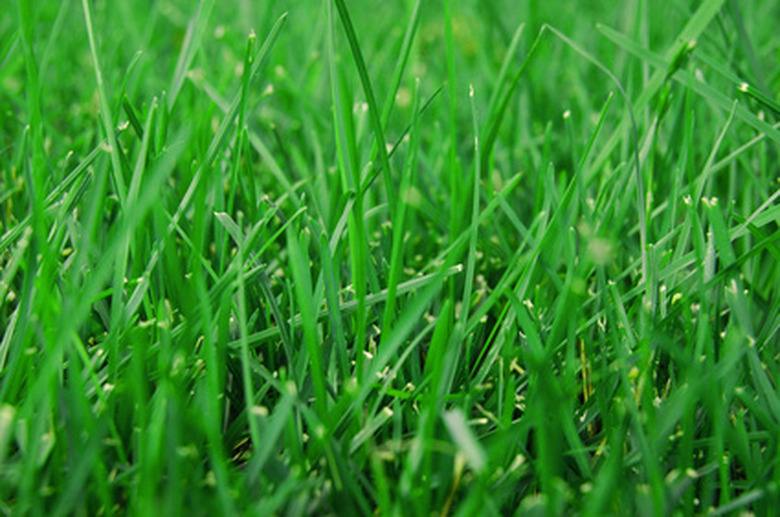Differences In Fescue & Bluegrass
Planting the right type of grass can be the key to helping homeowners achieve their dreams of a lush, green lawn. While both fescue and bluegrass can produce beautiful lawns, it is important to know their advantages and disadvantages so that you can choose which type is best for your yard. Consider your lawn's specific needs as you decide between fescue and bluegrass.
Root Structure
One main difference between fescue and bluegrass is the type of root structure they form. Fescue grass grows with its roots in bunches, while bluegrass sends out horizontal roots known as rhizomes. While this may seem like a trivial distinction, rhizomatic grasses like bluegrass are much better suited for areas where erosion is likely to occur. Their spreading root systems help protect the soil from being washed away by wind and water.
Shade
Fescue grasses are better for shaded areas than bluegrass. While fescue still performs its best in open sun, it's the most highly recommended grass type for shaded areas. Many times, homeowners with partly shaded lawns combine fescue with another type of grass to provide good coverage in all levels of shade.
Weeds
A second disadvantage to bluegrass is its tendency toward weeds. Crabgrass, dandelions, and clover all thrive in bluegrass. However, these can be prevented by treating the lawn for weeds on a regular basis.
Maintenance
Bluegrass has the obvious advantage when it comes to lawn maintenance. Because bluegrass grows slowly and tends to be more spreading than the upright-growing fescue, it can be mowed less frequently. Bluegrass is also less sensitive to soil acidity, making it require all-around less work than fescue.
Wear
While fescue and bluegrass are both fairly tolerant of wear and tear, bluegrass is usually the first choice for sports fields and other places with heavy-traffic. Its slow growth and rich, green color make it a perfect choice for areas like these.
Similarities
Both fescue and bluegrass provide a rich, green color at least eight to nine months of the year. While both survive the cold quite well, bluegrass especially thrives in harsh winter weather. While both go dormant and may turn brown in extremely hot weather, you can count on the these grasses to turn green again as soon as the rain and cool weather return.
